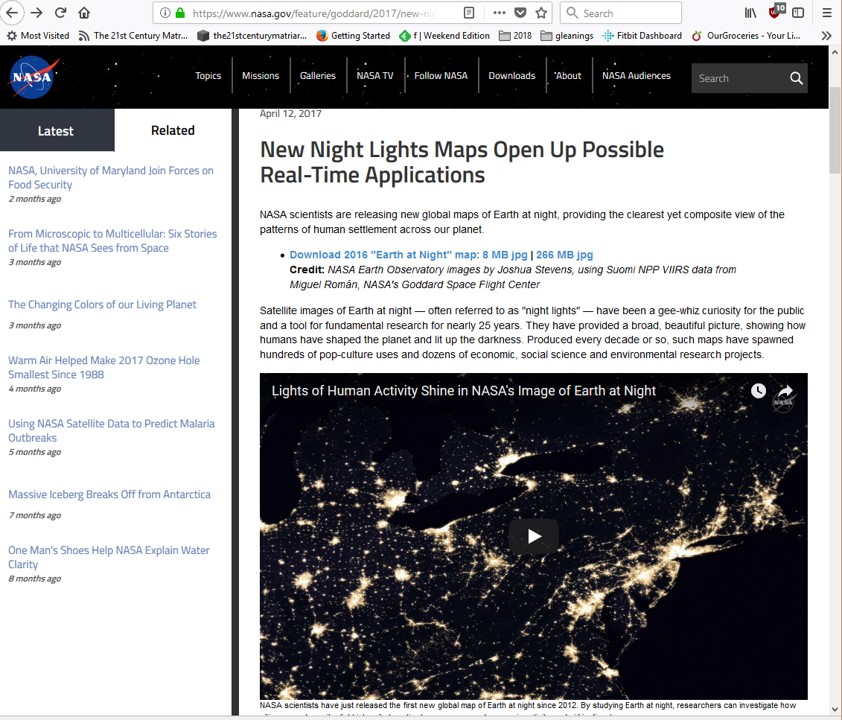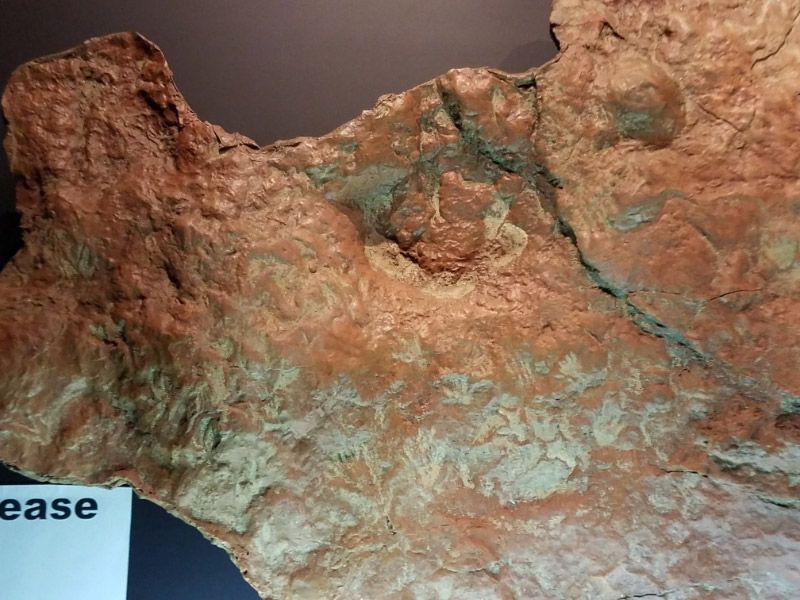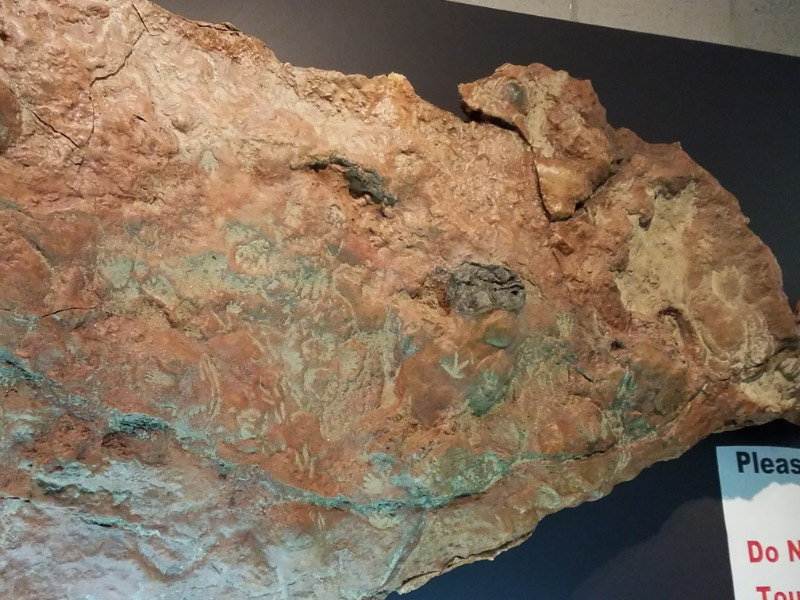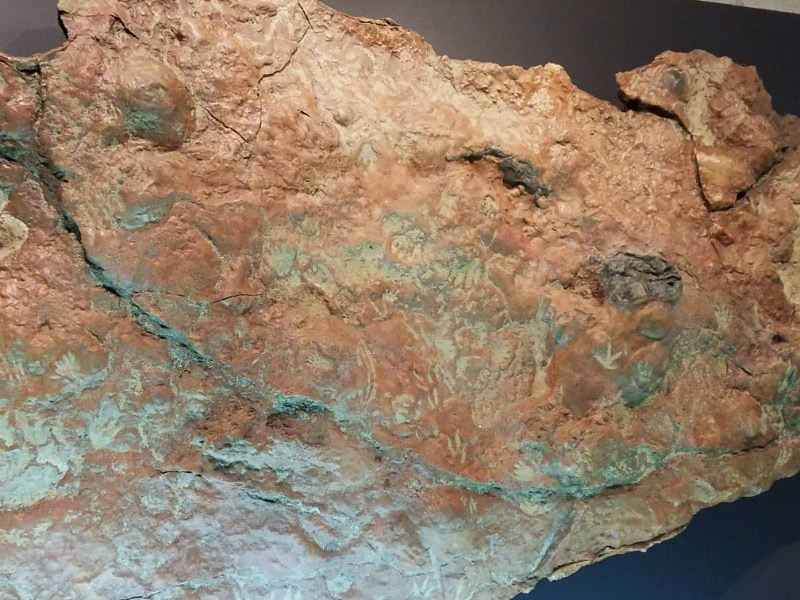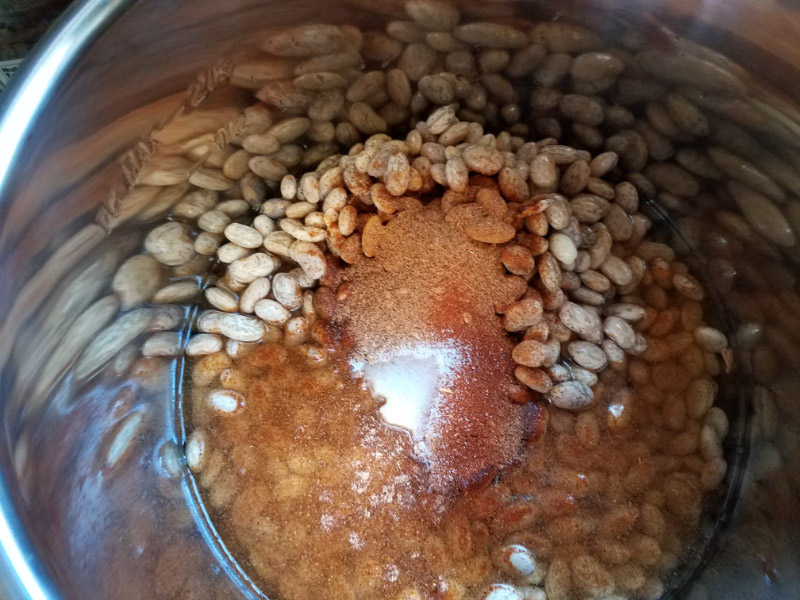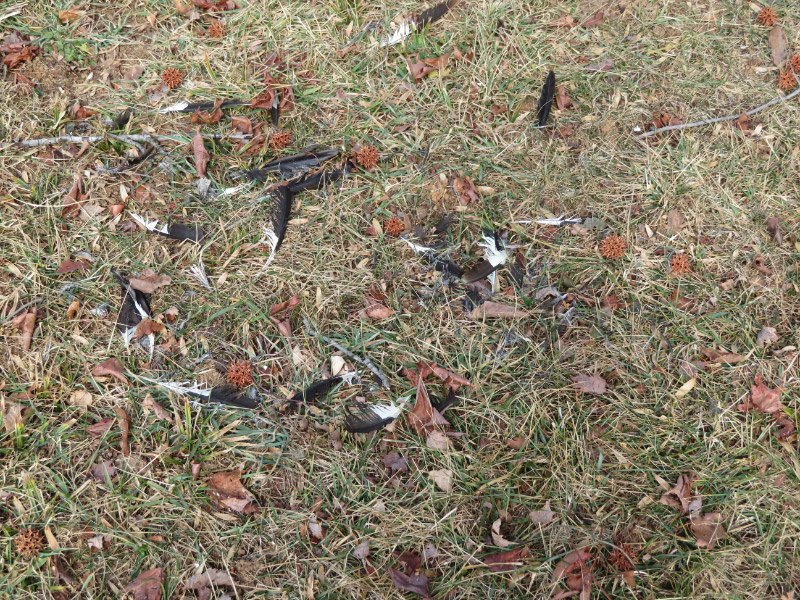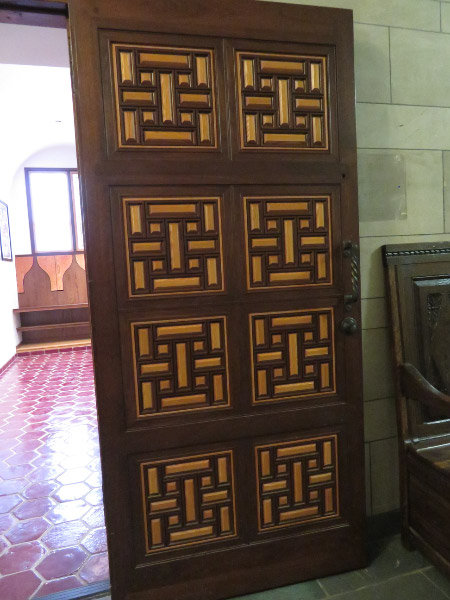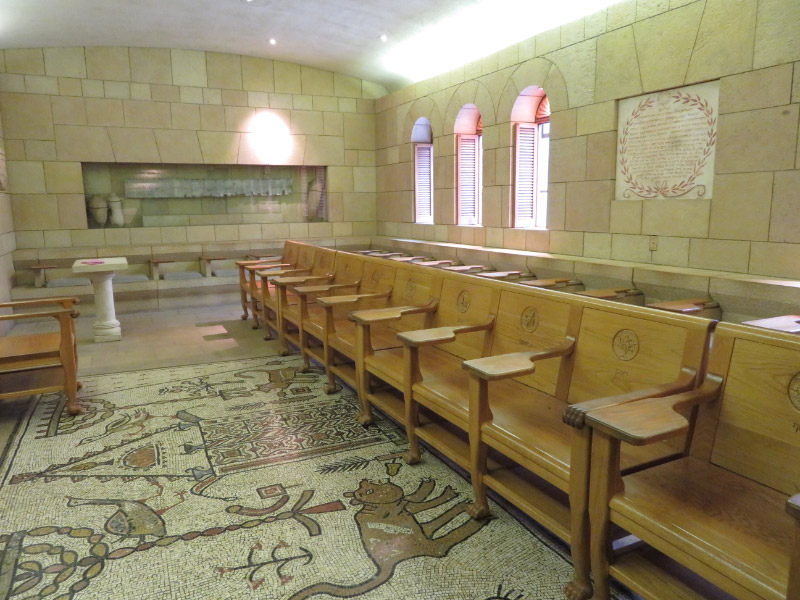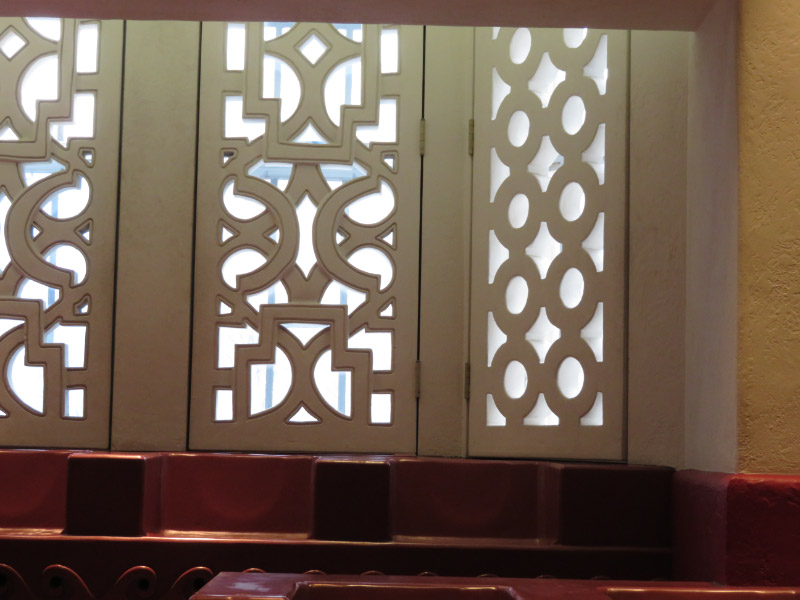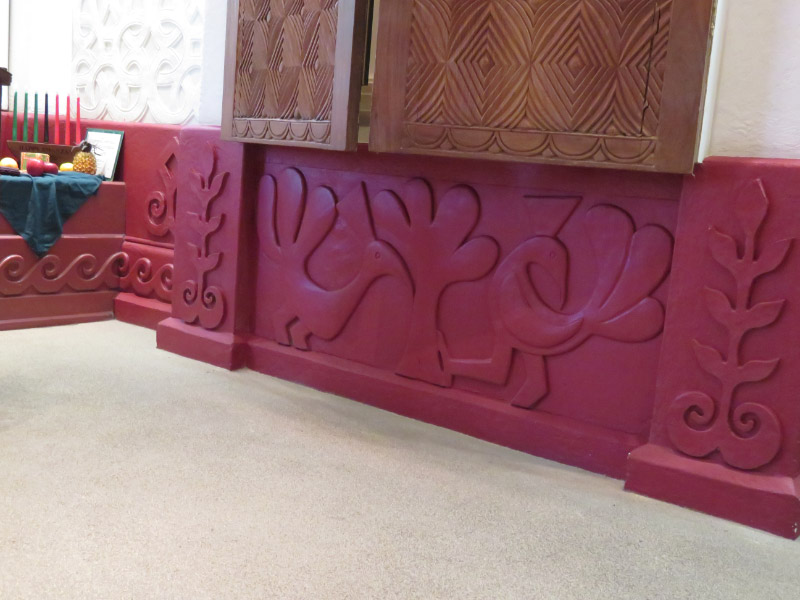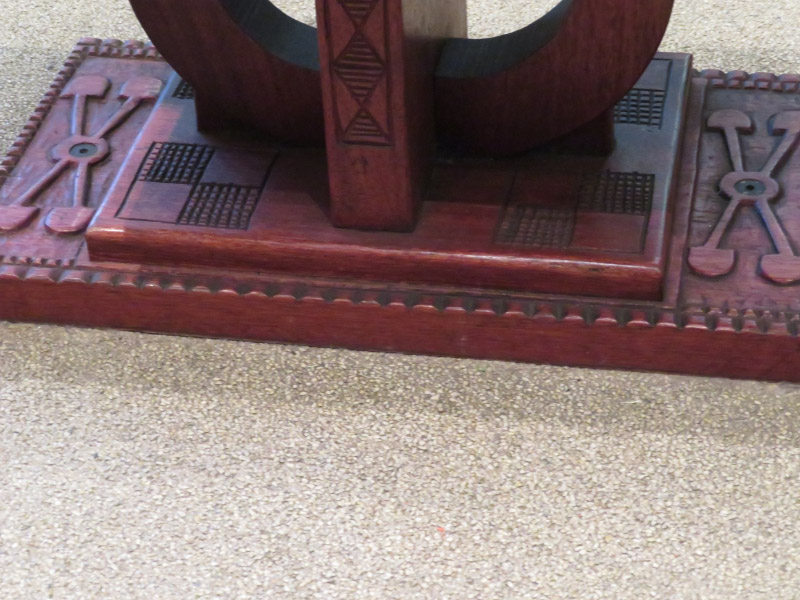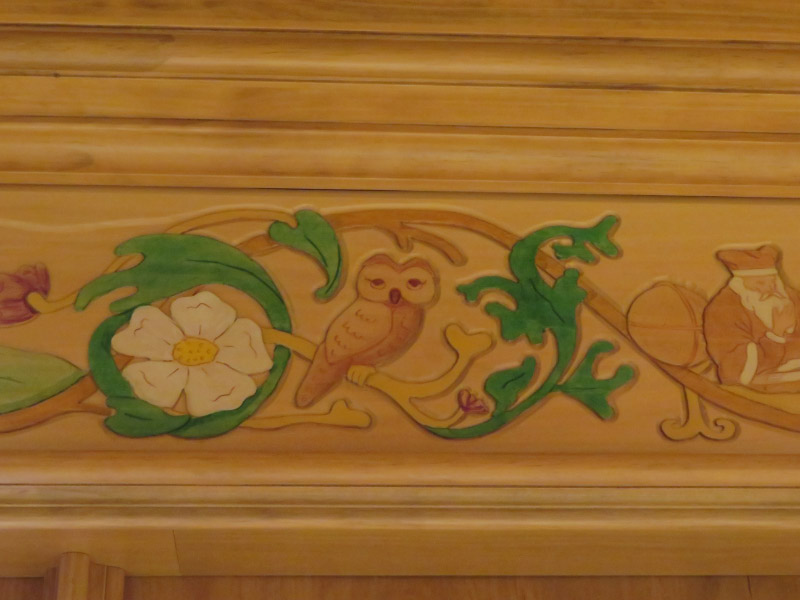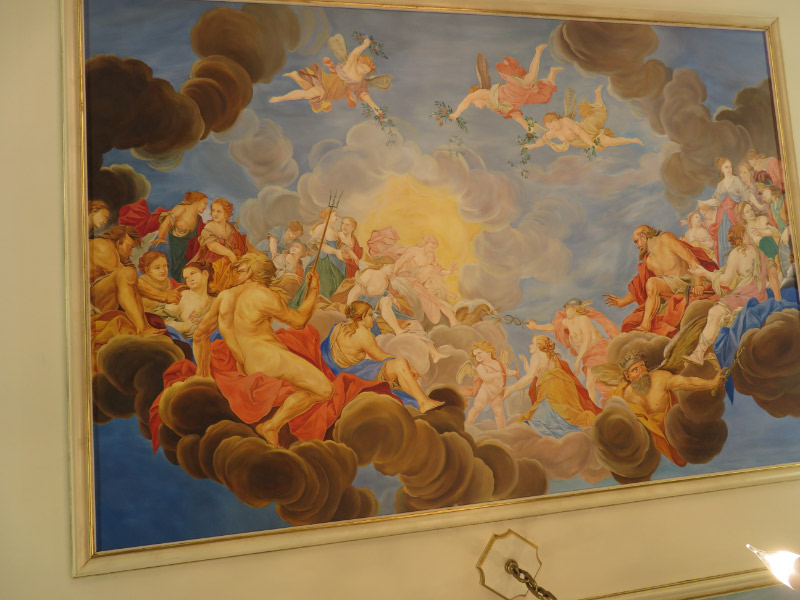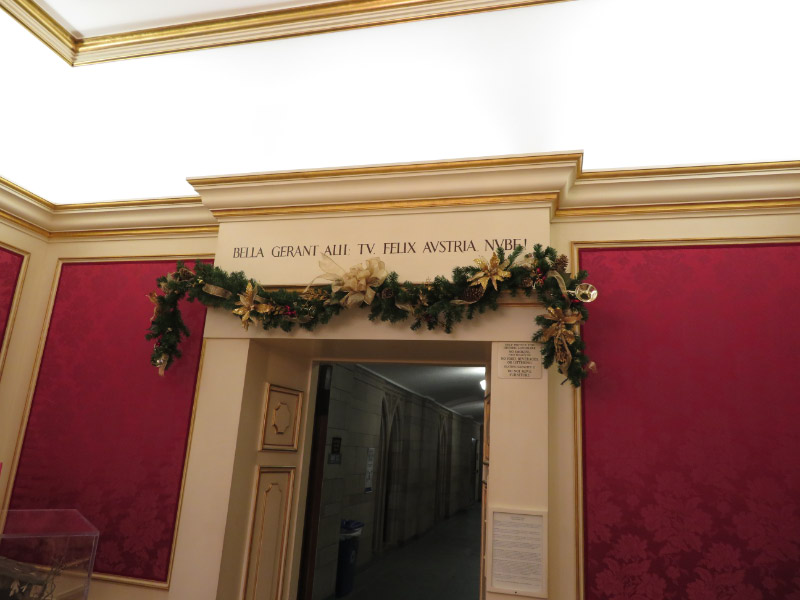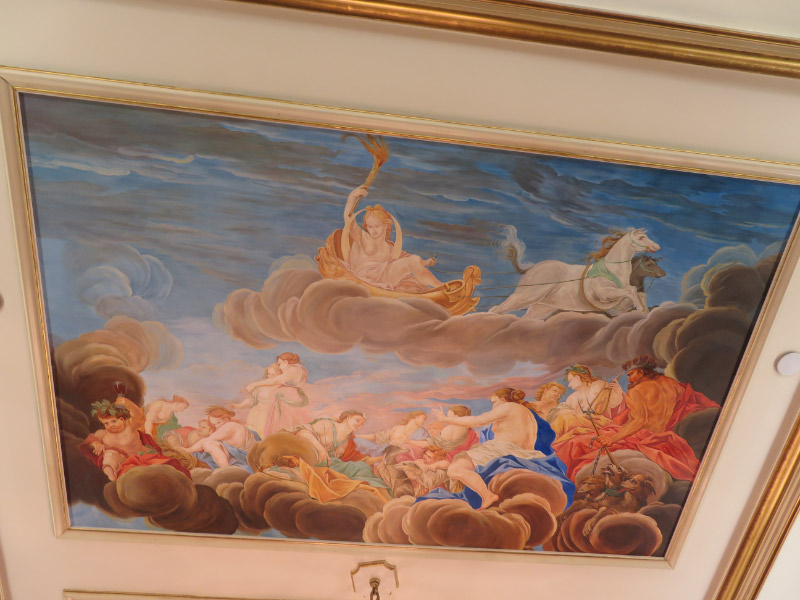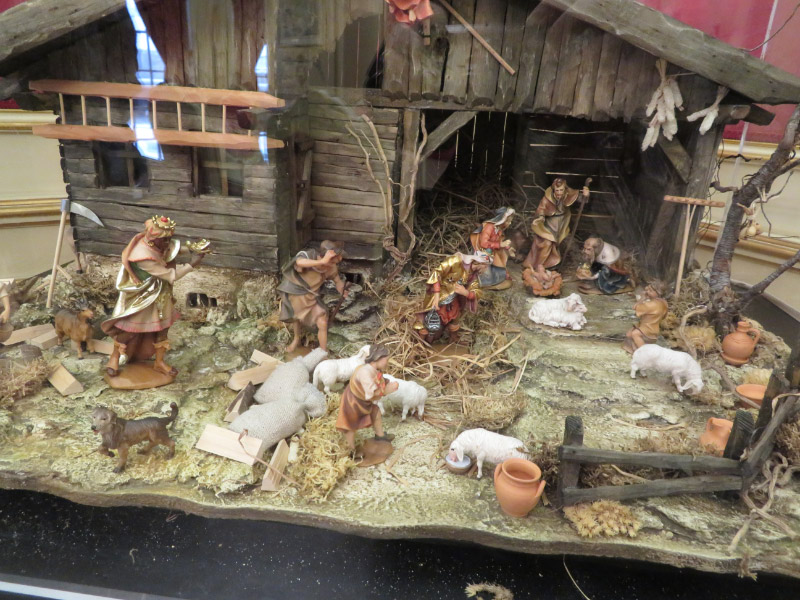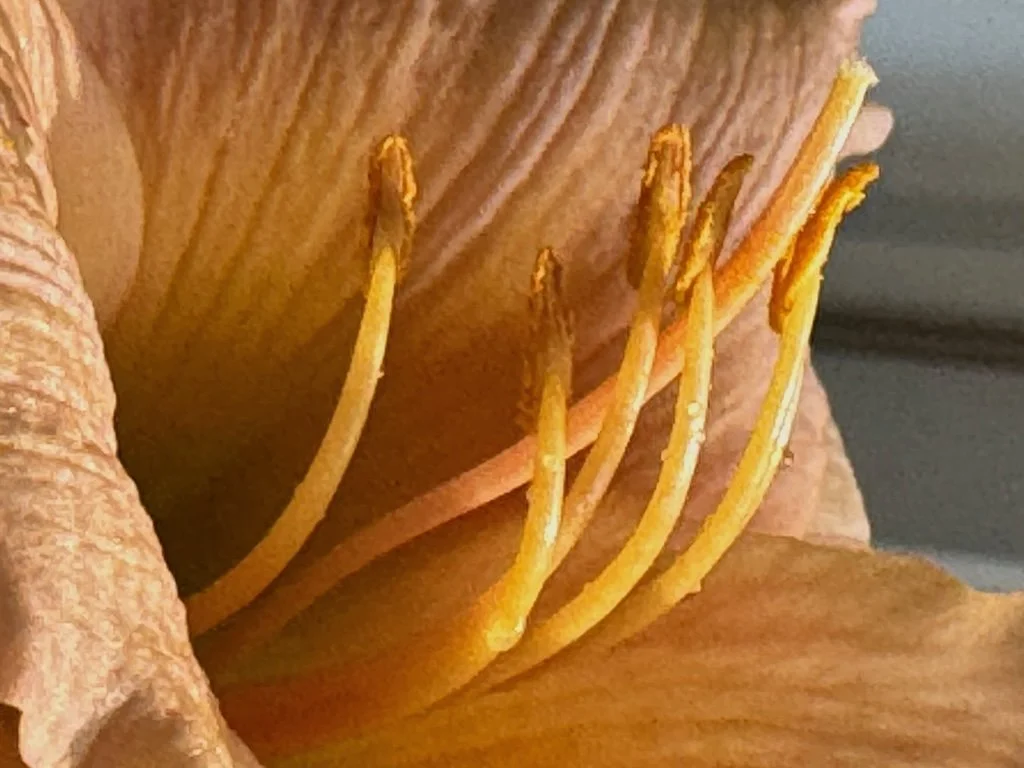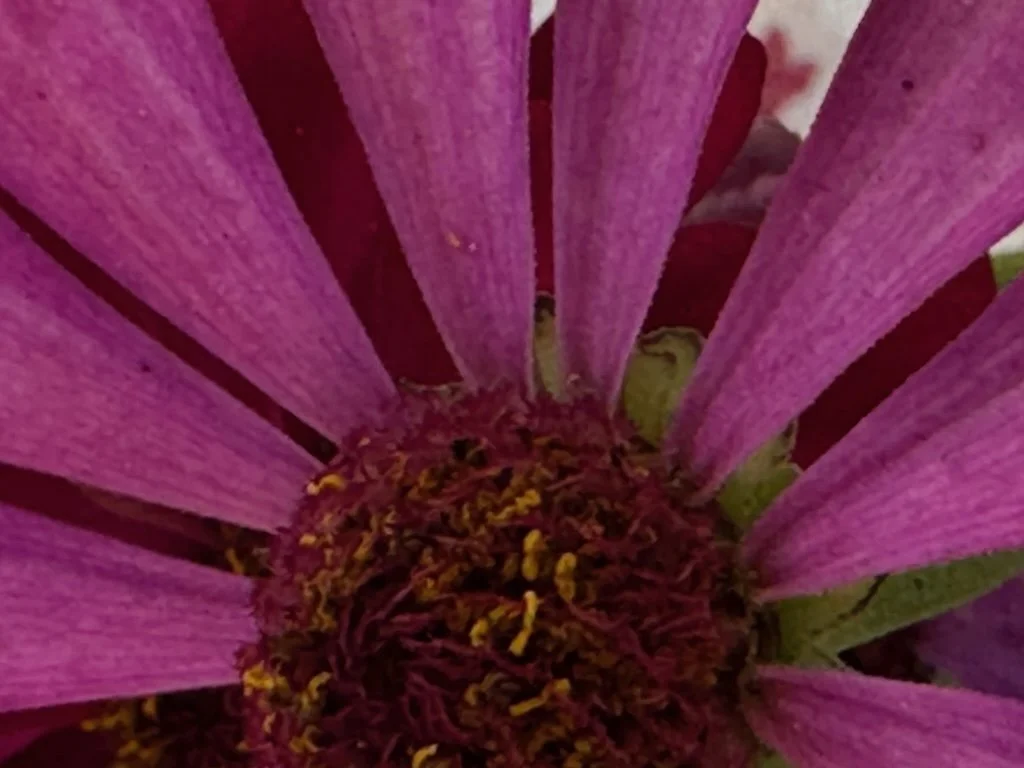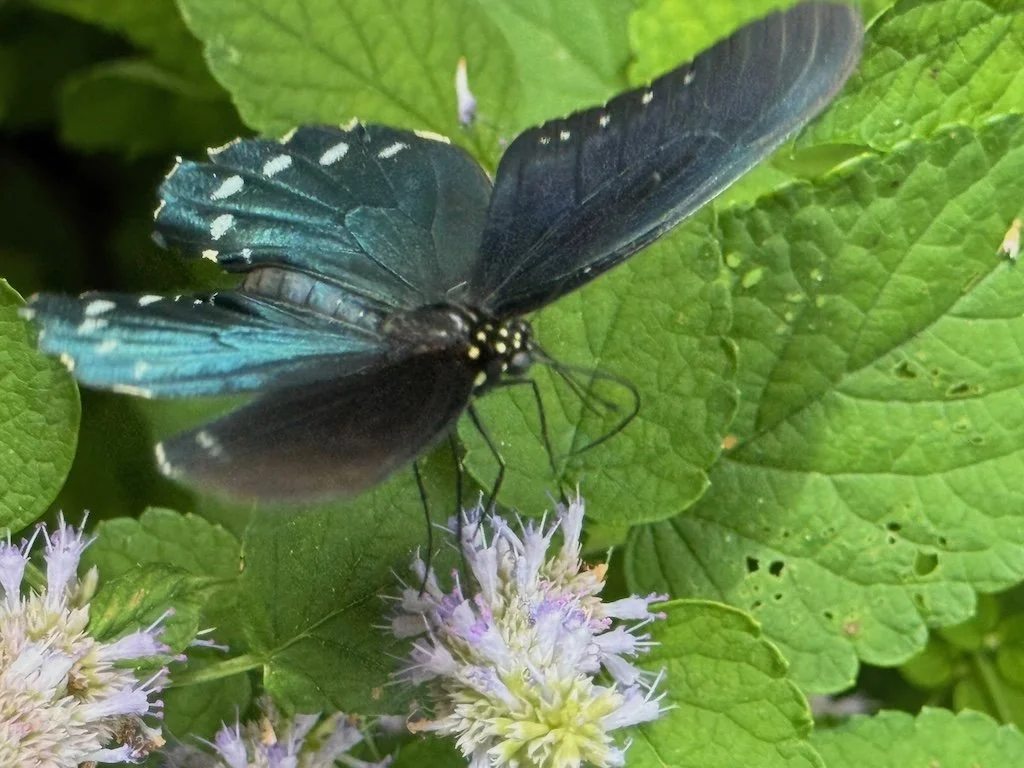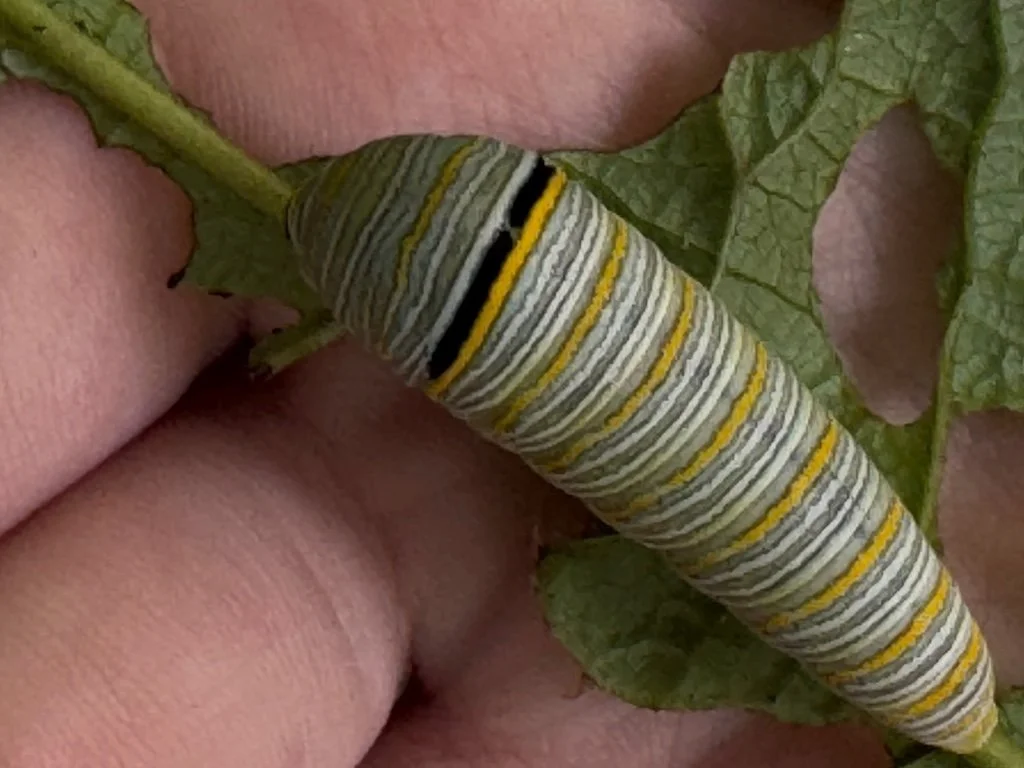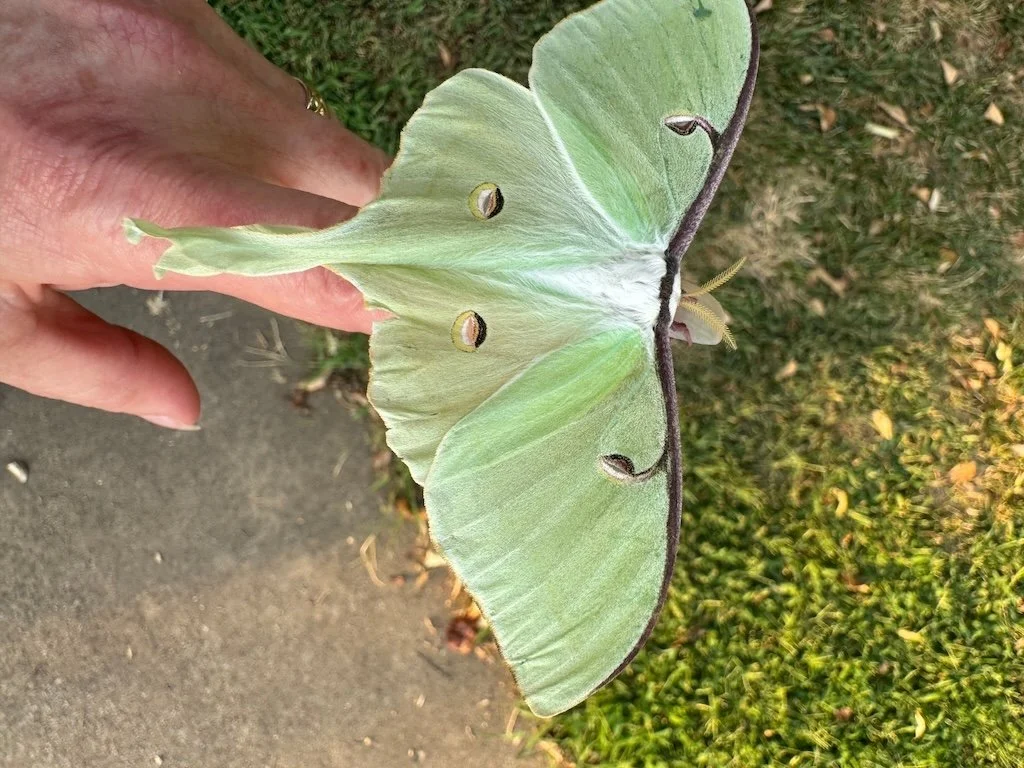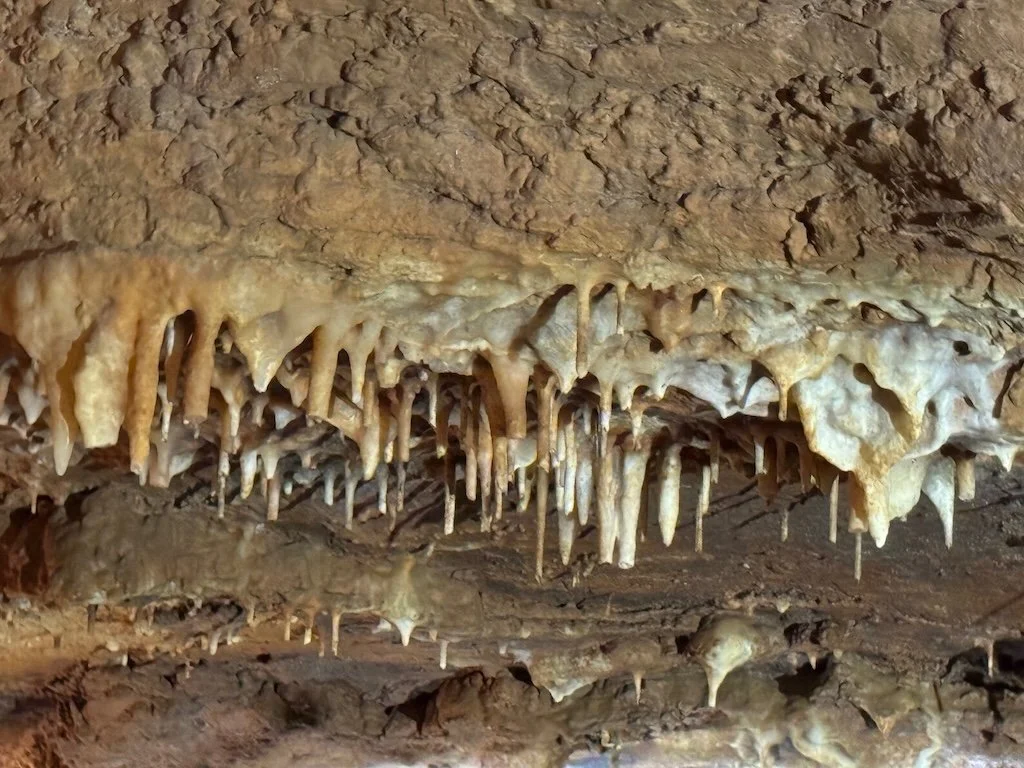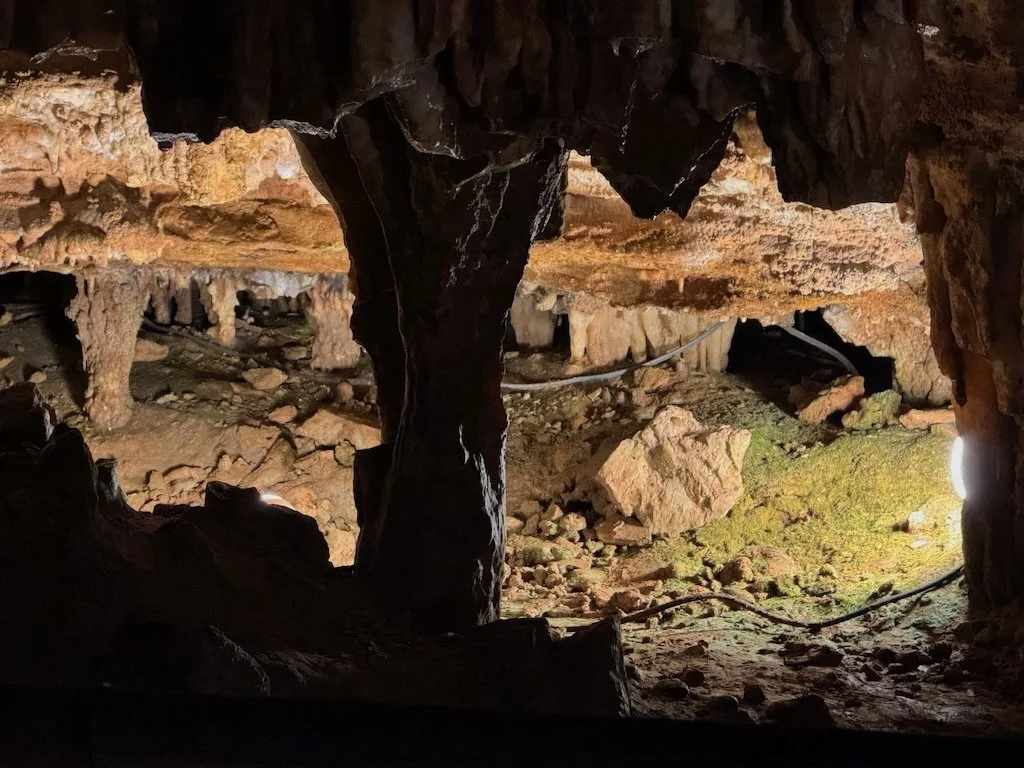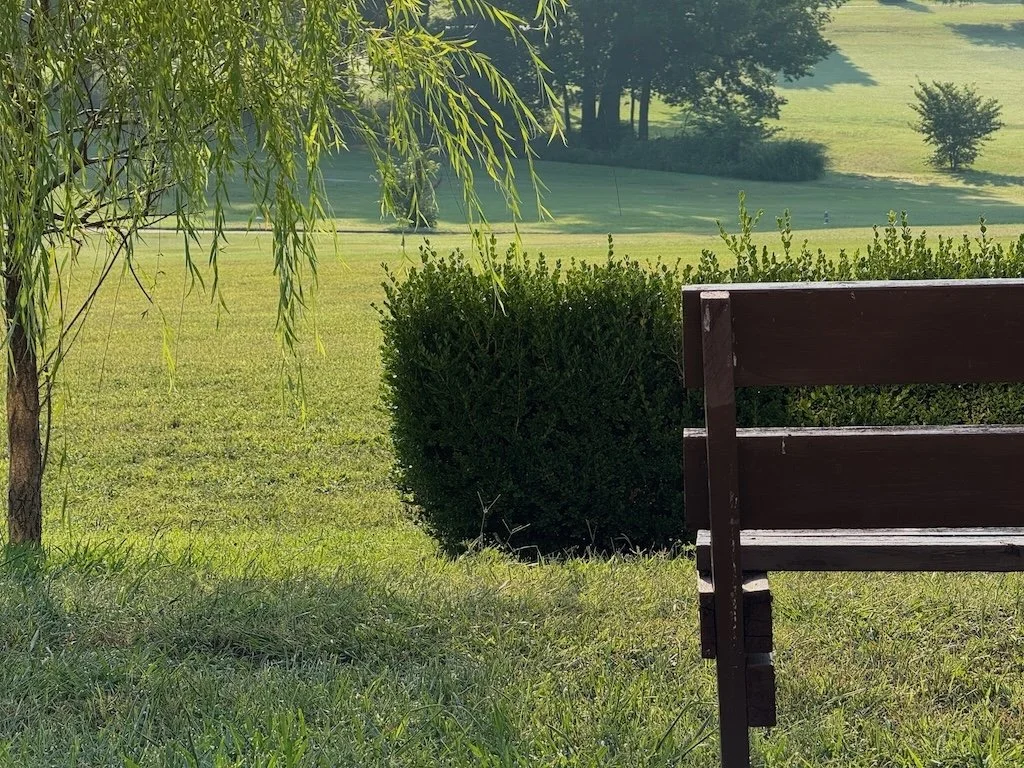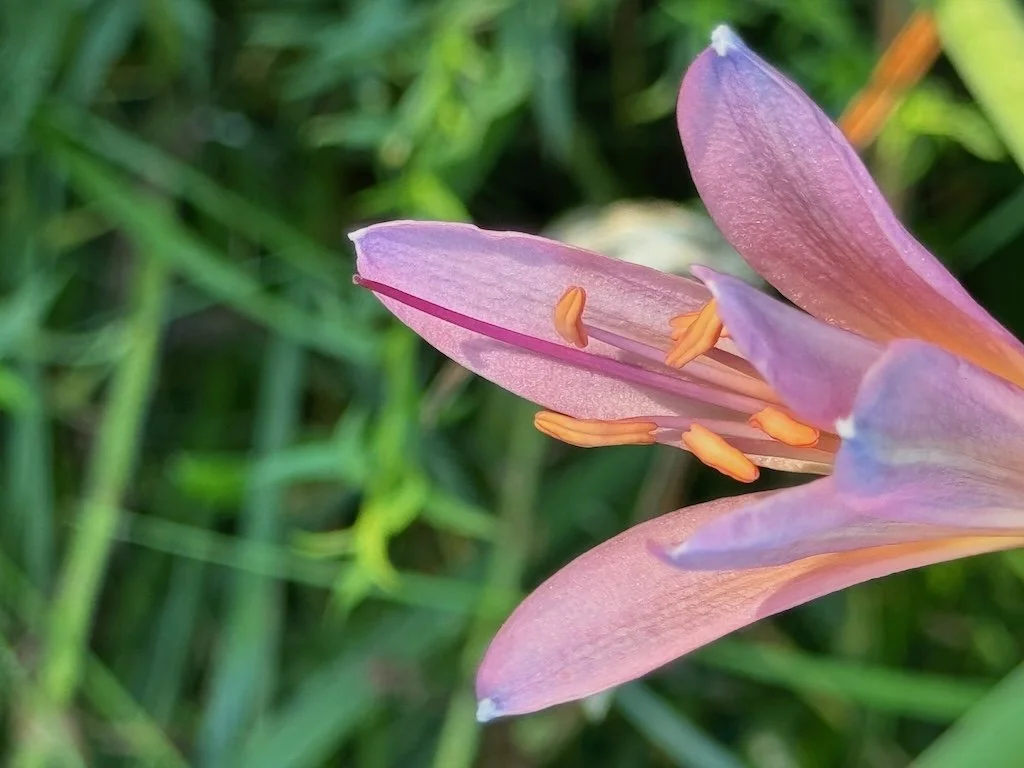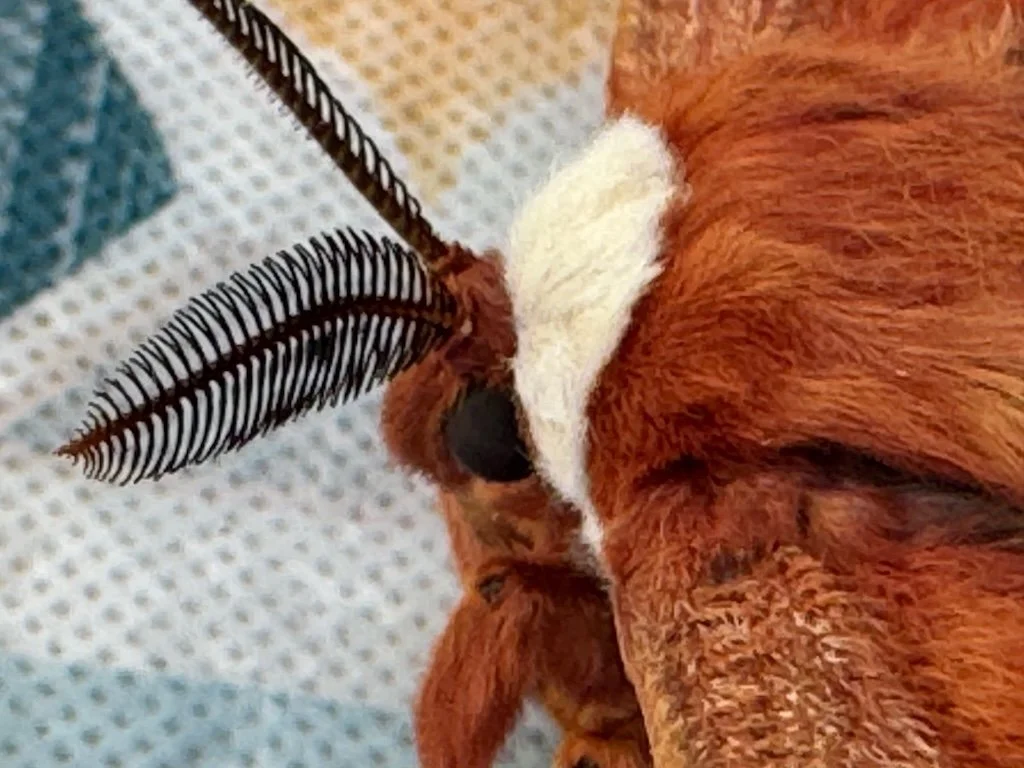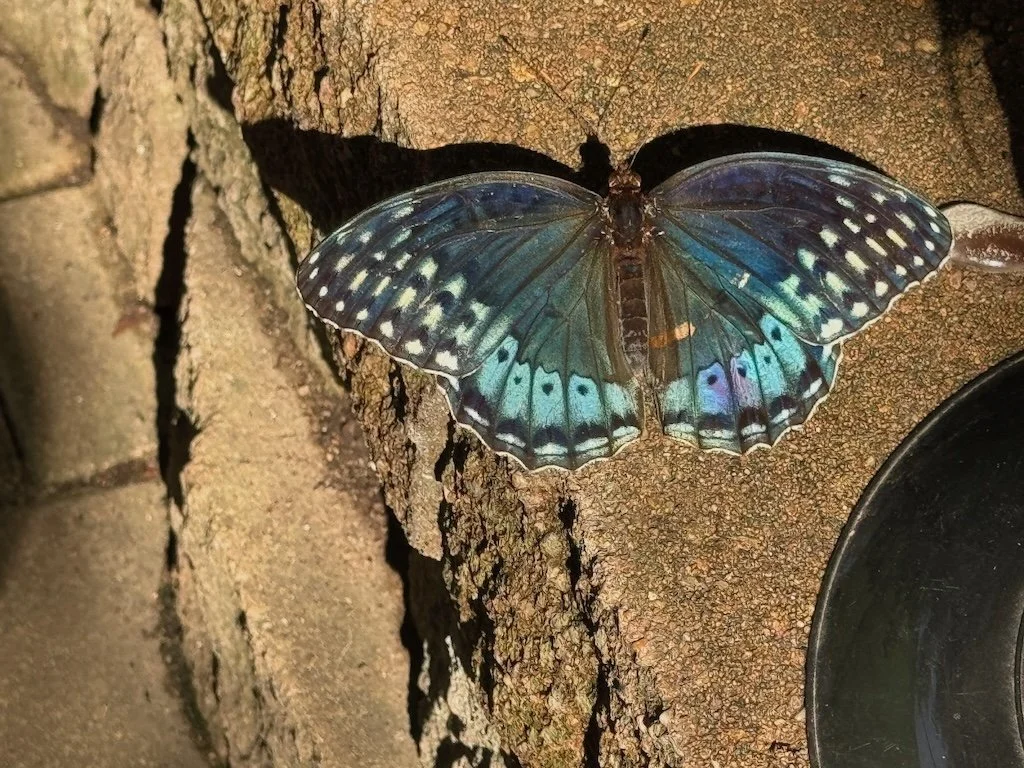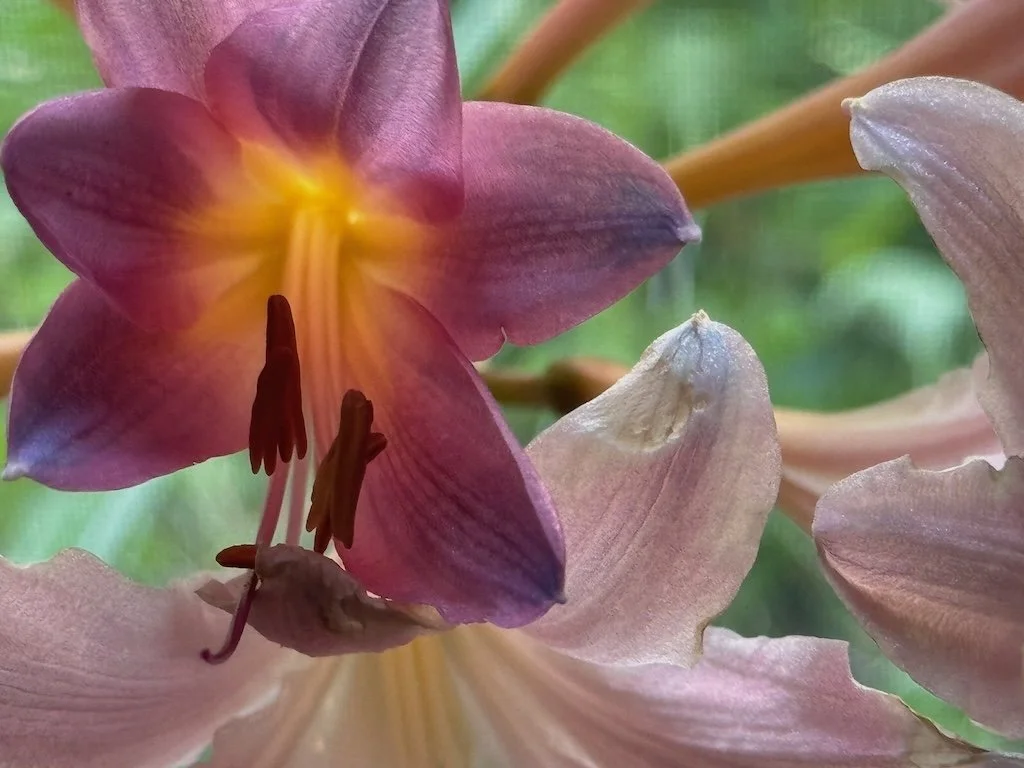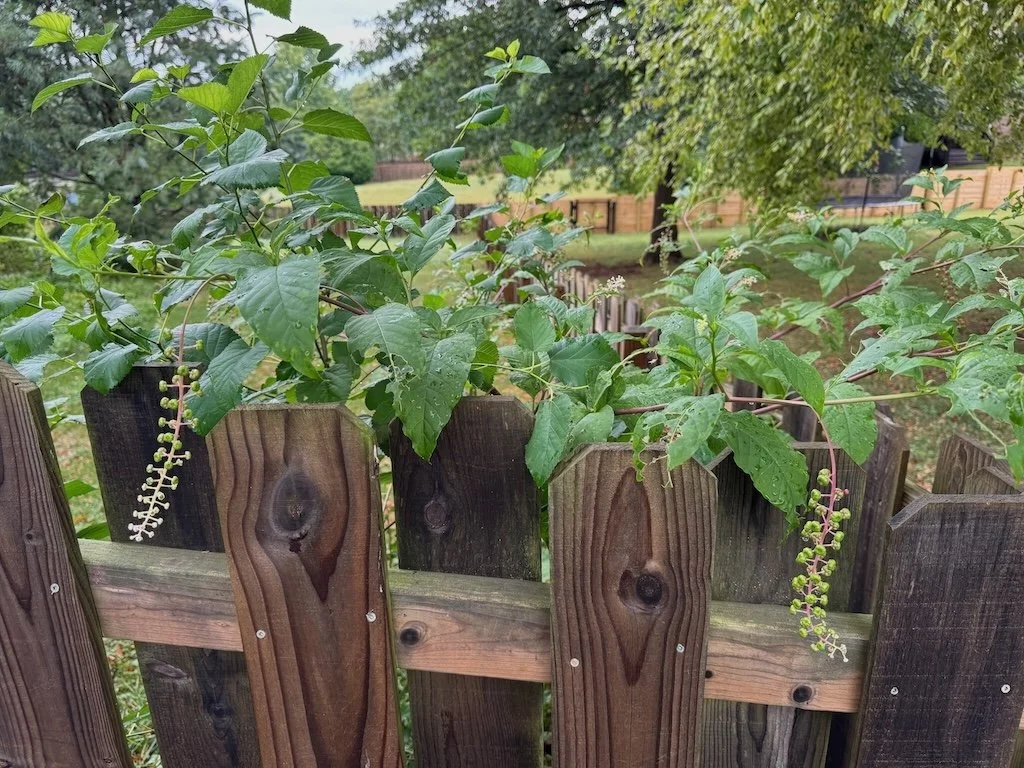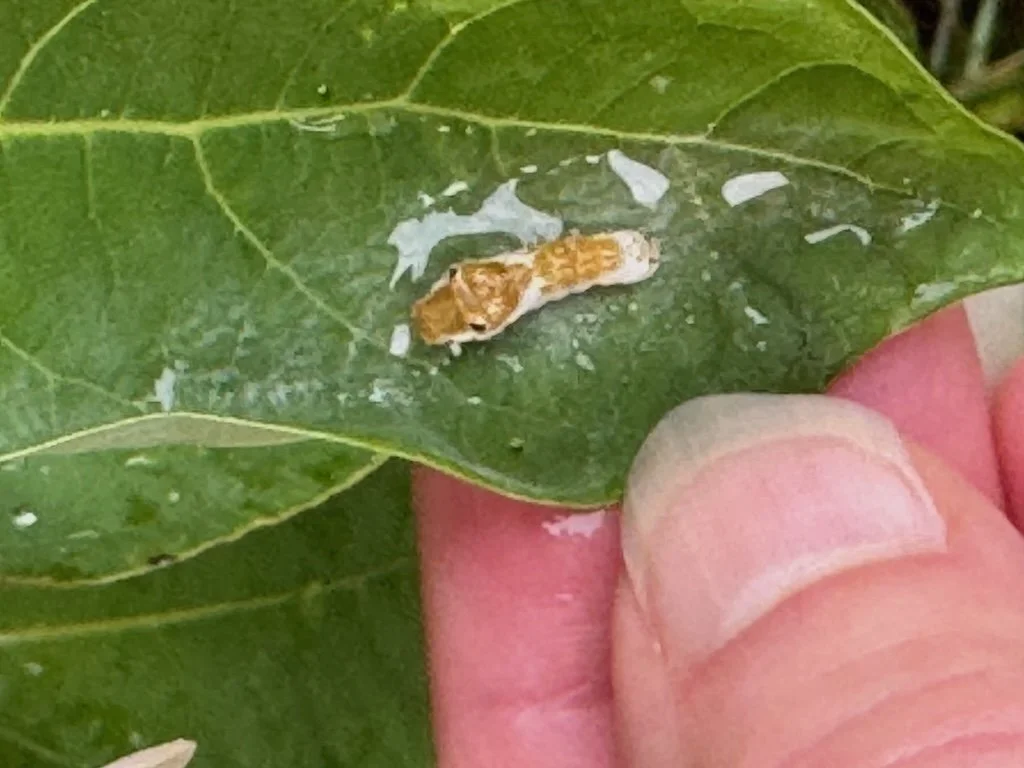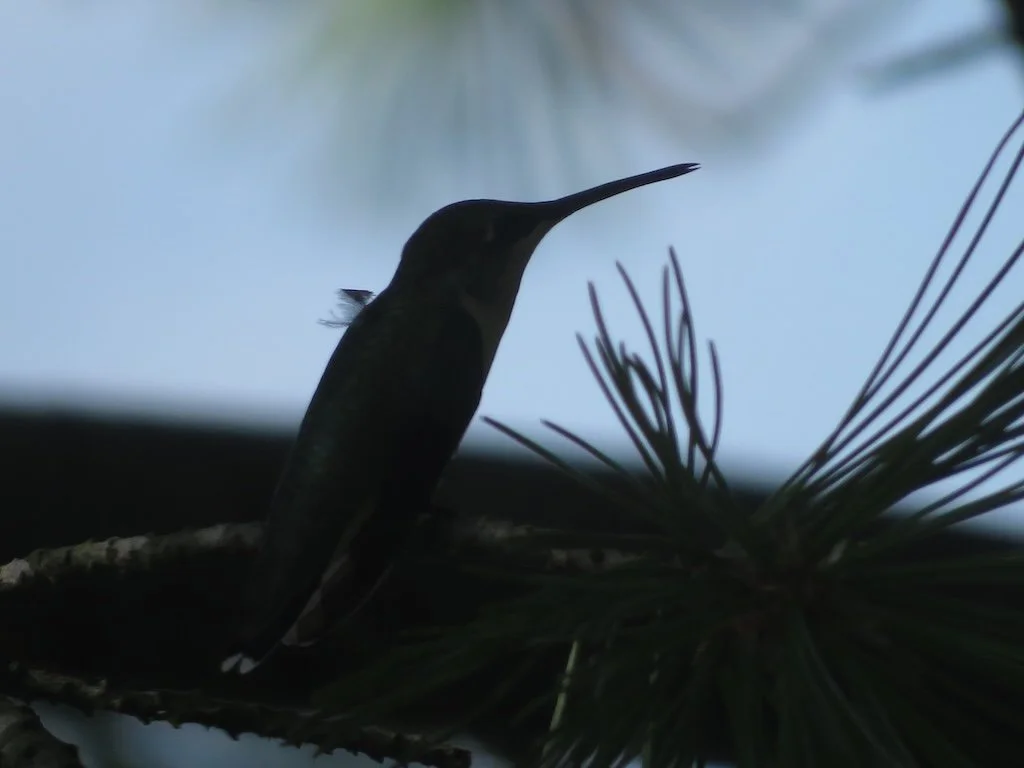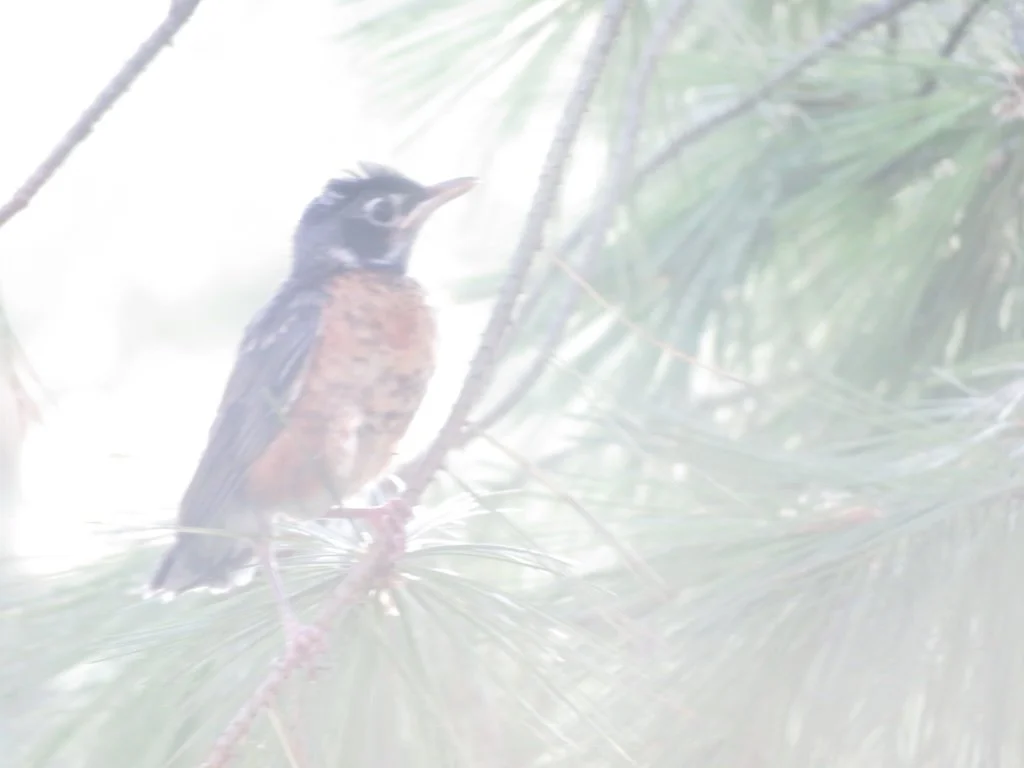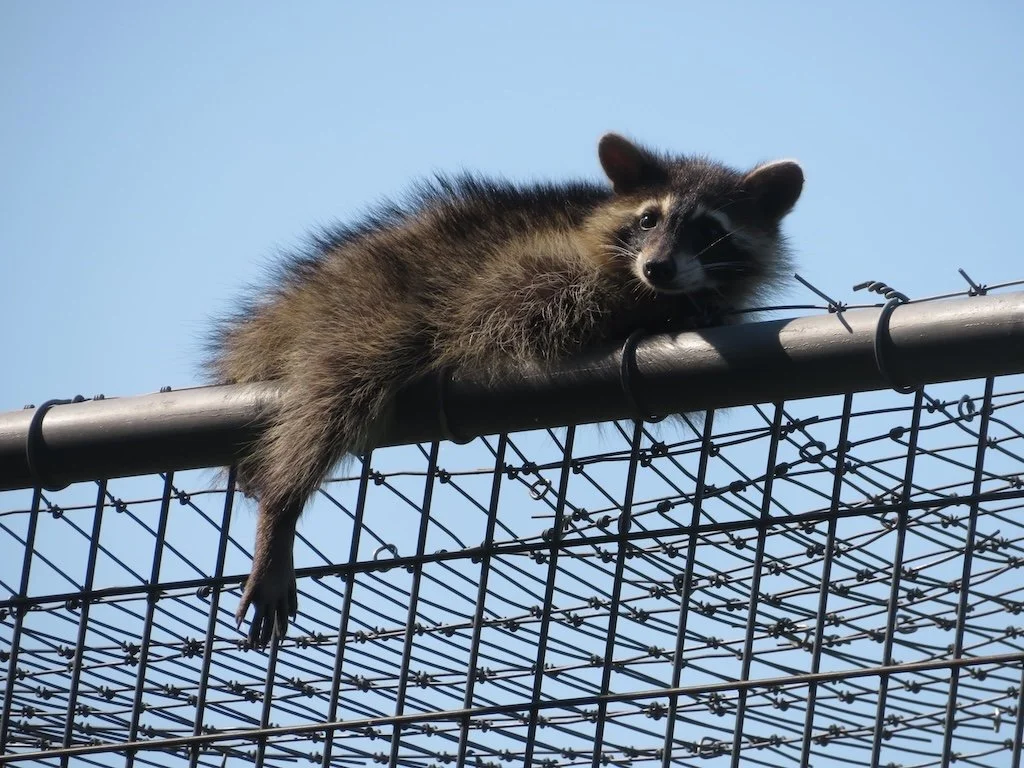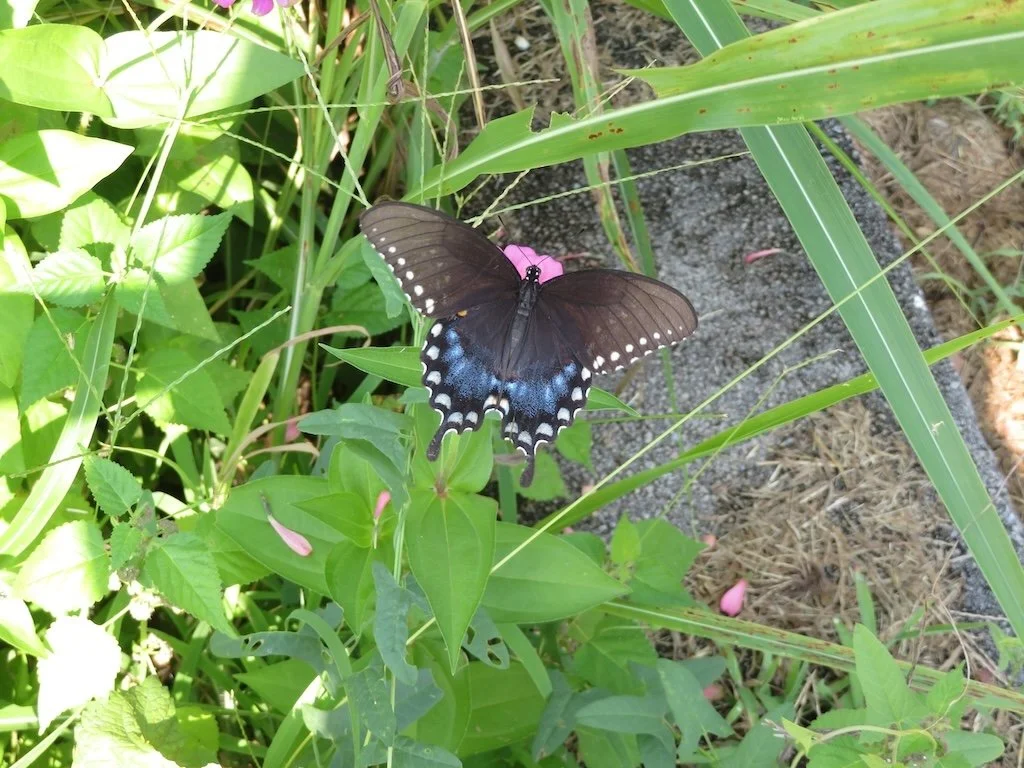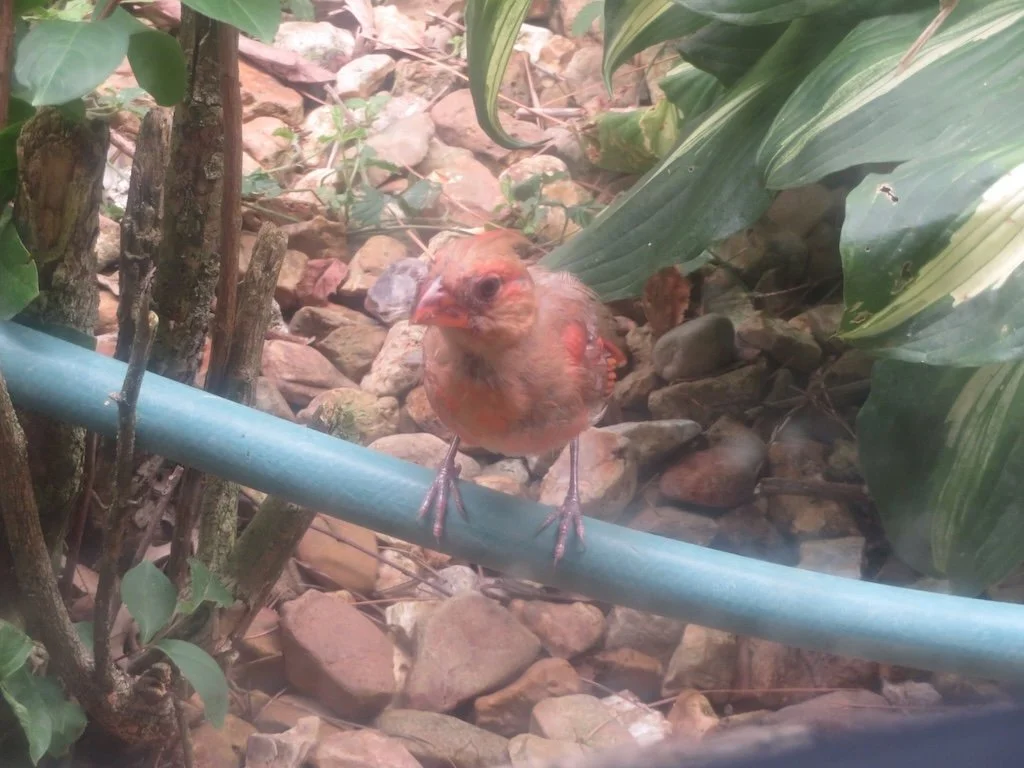Ten Little Celebrations – February 2018
/February 2018 has been busier than usual for me than in previous years since ‘graduation’ from my career (that does sound better than ‘retirement’!). The activity that caused that was the day long HoLLIE (Howard County Legacy Leadership Institute for the Environment) classes once a week. I celebrated 1) after the first one – realizing what a rich learning experience the institute was going to be – and after 2) after the second week when we are at Goddard learning about how and what satellites help us understand the Earth…and having the serendipity add on to the class seeing the big rock with dinosaur and early mammal tracks. I could have counted all 4 days as ‘celebrations’ but decided to choose some other items to add variety to this post.
I celebrated seeing 3) 2 kinds of woodpeckers within about 10 minutes from my office window: pileated and downy and 4) the springtime tussling of male cardinals in the maple tree while the female looked on and stayed out of the way (a sign that winter in waning already).
The old crock pot being replaced by 5) an Instant Pot was a little celebration (because of immediate success using it) and continuing.
Usually I don’t find anything to celebrate in the news…but the 6) successful launch of the Falcon Heavy was something to celebrate. It’s great that there is a heavy lift capability available - a capability we need to further our exploration of space.
Several things came together this month – focusing my attention on how much I’ve enjoyed being a 7) Maryland Master Naturalist…I celebrated the 4-year journey.
I vicariously shared some of my daughter’s experiences this month – 8) celebrating her post doc – teaching – and ‘what next’ search. It’s invigorating to understand how full her life is --- how much we still share so easily.
The weather after mid-month has turned very mild here in Maryland. Earlier I celebrated 9) enough snow to be pretty and that I had 10) no commitments and could stay home on the day it turned icy.





